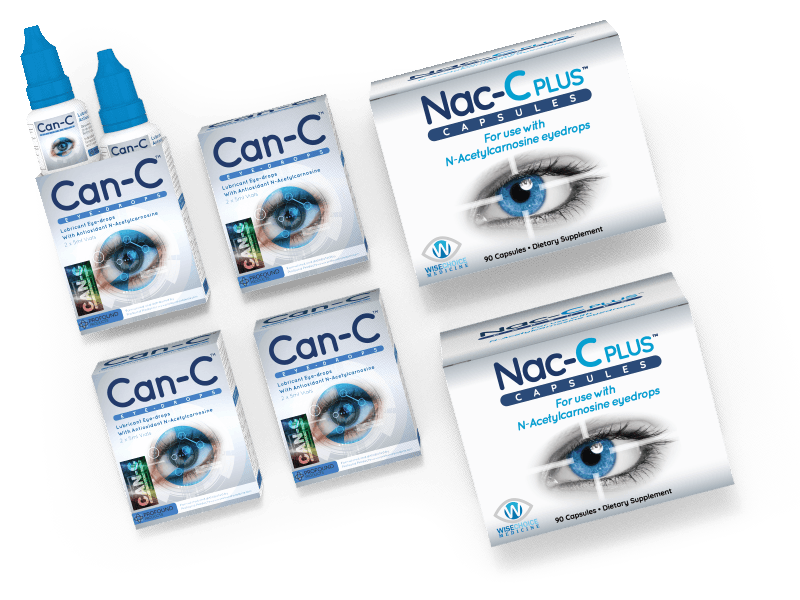April is Women's Eye Health and Safety Month - click here for FREE healthy vision tips
Menu

Free shipping on all US orders
Your data is safe
Satisfaction guaranteed
Email support is always available

*Disclaimer: The above statements have not been evaluated by the FDA. They are not intended to diagnose, treat, cure or prevent any disease or condition.
If you have a health condition or concern, consult a physician or your alternative health care provider.
Always consult a medical doctor before modifying your diet, using any new product, drug, supplement, or doing new exercises.
Use of this site constitutes acceptance of our Shipping and Returns Policy, our Terms and Conditions and our Privacy & Cookies Policy
| Cookie | Duration | Description |
|---|---|---|
| cookielawinfo-checkbox-analytics | 11 months | This cookie is set by GDPR Cookie Consent plugin. The cookie is used to store the user consent for the cookies in the category "Analytics". |
| cookielawinfo-checkbox-functional | 11 months | The cookie is set by GDPR cookie consent to record the user consent for the cookies in the category "Functional". |
| cookielawinfo-checkbox-necessary | 11 months | This cookie is set by GDPR Cookie Consent plugin. The cookies is used to store the user consent for the cookies in the category "Necessary". |
| cookielawinfo-checkbox-others | 11 months | This cookie is set by GDPR Cookie Consent plugin. The cookie is used to store the user consent for the cookies in the category "Other. |
| cookielawinfo-checkbox-performance | 11 months | This cookie is set by GDPR Cookie Consent plugin. The cookie is used to store the user consent for the cookies in the category "Performance". |
| viewed_cookie_policy | 11 months | The cookie is set by the GDPR Cookie Consent plugin and is used to store whether or not user has consented to the use of cookies. It does not store any personal data. |
Any questions? We’re here to help.